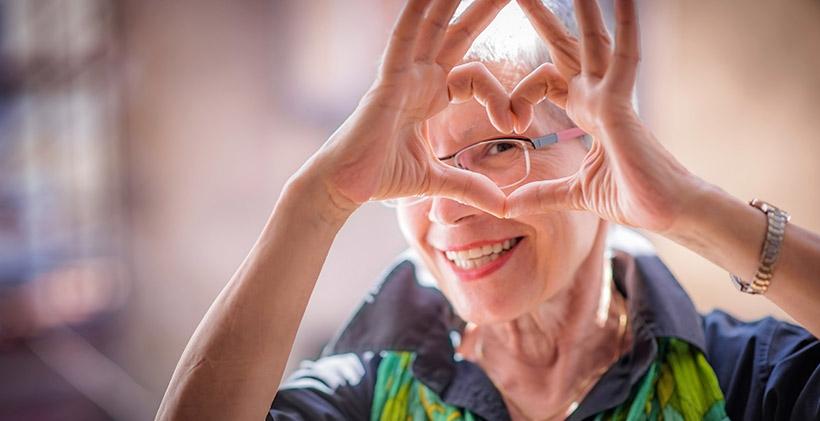How to Combat Ageism

While attitudes toward aging have improved in recent years, ageism is still a negative force in modern society.
Ashton Applewhite, ageism expert and author of “This Chair Rocks: A Manifesto Against Ageism,” considers ageism the last prejudice sanctioned by the general population. When people speak negatively of aging or older people, they may use the word “old” as a synonym for “bad.”
The stigma associated with aging can impact seniors negatively in a number of ways, including hesitancy to take full advantage of assistive devices such as hearing aids and walkers. Seniors also may hesitate to use available social support systems. Individuals who maintain ageist attitudes also fail to recognize the realities of aging and the difficulties that older people may face.
‘Ageism’ Origins
Gerontologist Robert N. Butler coined the term ageism to describe discrimination directed at older adults. Like other types of discrimination, ageism involves the use of negative — and typically false — stereotypes, in this case based solely on someone’s age.
This informative article on Battling Pervasive Ageism notes that Princeton University researchers uncovered “prescriptive prejudice” in three areas:
- Consumption: Older people shouldn’t consume so many scarce resources.
- Identity: Older people shouldn’t attempt to act younger than they are.
- Succession: Older people should move aside from high-paying jobs and prominent social roles to make way for younger people.
For older people who still work, ageism can lay the foundation for disparities between workers in different age groups. Younger workers sometimes have more trouble getting hired and may be paid less due to a perceived experience deficit. Older workers, on the other hand, sometimes have problems with changing careers or receiving promotions in the workplace.
Reframing the Ageist Narrative
Senior advocates can begin to change the conversation about aging to combat ageism in society by stressing that aging is simply part of living and that aging is an accomplishment.
In a recent Forbes article, Next Avenue contributor George Schofield highlighted seven ways to help eliminate aging stereotypes:
- Stop buying any products or services marketed by companies that are reinforcing stereotypes.
- Avoid spending time with people who apply stereotypes as an ingrained way of life.
- Stop subscribing to, or viewing, any media that originates or perpetuates stereotypes.
- Listen carefully to what you say and think, keeping a journal of self-observations.
- Ask others to listen to you and be the reality check for your use of stereotypes.
- Take a hard look at the communities of which you are a member. Are they affinity groups with little or no diversity of thought or humanness? If the answer is yes, replace any you can.
- Make friends with, and spend time with, people who are the targets of your stereotypes.
Instead of thinking of only some spaces and activities as “age-friendly,” strive to create intergenerational spaces that allow people of all ages to connect with each other.
Treating ageism as a type of discrimination may help to change society’s narrative about older people. As the population continues to age, efforts to help people of different generations understand each other’s challenges will become increasingly critical.